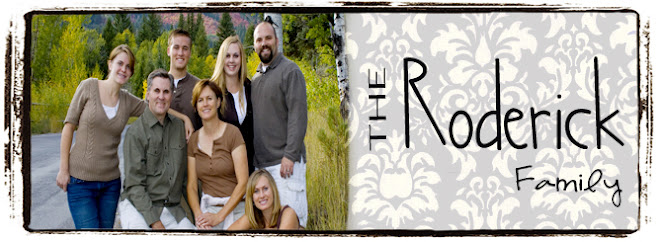The Moses Prophecy was introduced by Moses thousands of years ago but continued to be the focus of many generations of Prophets thereafter. When originally introduced, the Prophet in the Moses prophecy appears to be the Savior, Jesus Christ. Modern revelation broadens the prophecy to include the servants of Christ and eventually a specific servant of Christ who brings to light more teachings of Jesus as well as the words of ancient Prophets who taught and testified of him.
The servant of Christ sent to fulfill this prophecy restores knowledge of truth and covenants lost or hidden for thousands of years. This servant brings forth a flood of truth that begins at the east porch of the Temple in Zion (Ezekiel 47,Moses 7:62)and from there flows through out the earth to provide life and nourishment to the "trees" and "fish" (metaphors for people)and heals the waters of the Dead Sea (symbol for the flood of lies that immerse the Church of Christ. (Revelation 12:15-17)
In order to prepare for these events, Ephraim and Manasseh need to get busy fleeing Babylon and begin to cleanse themselves in preparation for Priesthood empowerment.
When Christ determines the time is right (the scriptures refer to this time as "the due time of the Lord") events following thereafter become polarizing. Those who believe join one camp while those who reject new revelations and the new covenant with God join the alternate. One camp gathers and enters sacred covenants with God. They become modern Israel; the chosen people of the Lord. The second camp gathers together and become "Gentiles" or anyone who is not under covenant with God. The Gentile camp has complete knowledge and chooses to reject the truth and the new covenant. Passion for power and wealth underlie their unwillingness to leave the embrace of the material world. (This is modern Babylon, the whore of all the world. [D&C 133:14])
The Church of Jesus Christ of Latter-day Saints must be cleansed before the Lord allows them to administer ordinances of the Melchizedek Priesthood to those who gather as modern Israel. "Be ye clean that bear the vessels of the Lord," (52:11) was Isiah's admonition to all servants of God. The Church of Jesus Christ is already at war with "the dragon" (Revelation 12:17), Satan. Isaiah also pleads with Ephraim to put on the power of the Priesthood (see D&C 113:7-10, D&C 133:26-34,and JST Genesis 14:25-40).
Joseph Smith described the advent of Christ's servant leads to the time when Israel becomes a willing people. "But their [Israel's]unbelief has not rendered the promise of God of none effect; no, for there was another day limited in David, which was the day of His power; and then His people, Israel, should be a willing people;-and He would write His law in their hearts, and print it in their thoughts; their sins and their iniquities He would remember no more." TPJS, pg.15
Joseph Smith further states that the servant of Christ is the David figure spoken of. "Although David was a king, he never did obtain the spirit and power of Elijah and the fullness of the Priesthood; and the Priesthood that he received, and the throne and kingdom of David is to be taken from him and given to another by the name of David in the last days, raised up out of his lineage."
The Davidic figure of the last days brings forth the words of Christ and then uses new revelation as an "ensign" to gather Israel from amongst the Gentile nations (D&C 113:5-6, 2 Nephi 3:24, D&C 85:7). The Gentiles begin warring against one another, eventually leading to their own destruction by their own devices (1 Nephi 22:13-14). The army of Israel, led by the latter-day David, begin their march to Zion trampling the remnant of the Gentiles who stand in their way. "And thus cometh the end of the wicked, according to the prophecy of Moses, saying: They shall be cut off from among the people; but the end of the earth is not yet, but by and by."
Monday, February 21, 2011
The Moses Prophecy- (Cliff notes version)
Posted by Roderick Family at 5:42 AM
Subscribe to:
Post Comments (Atom)

0 comments:
Post a Comment